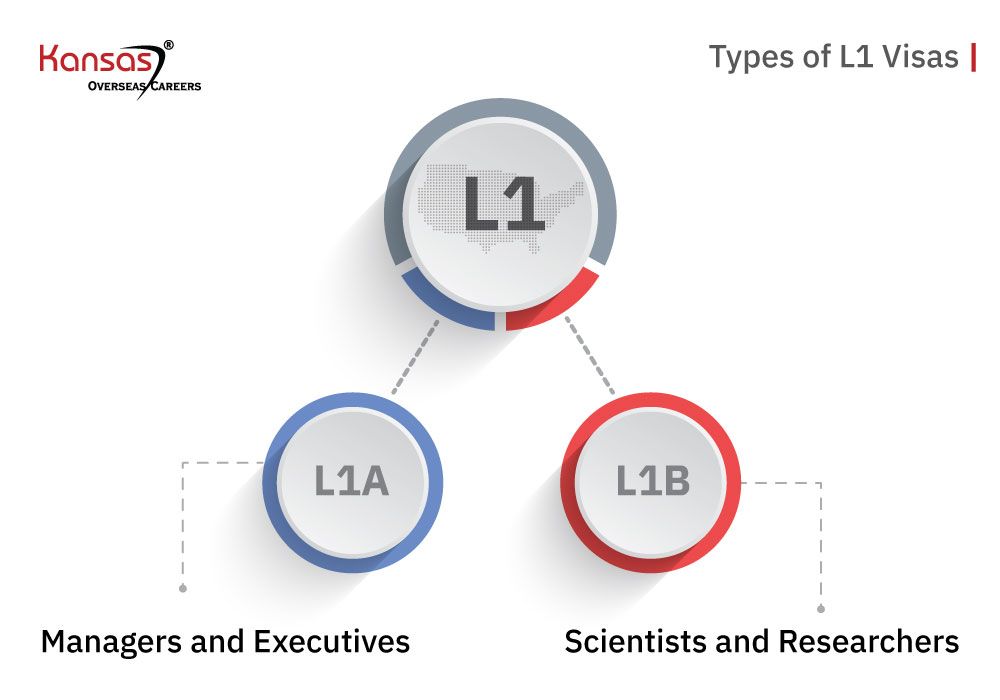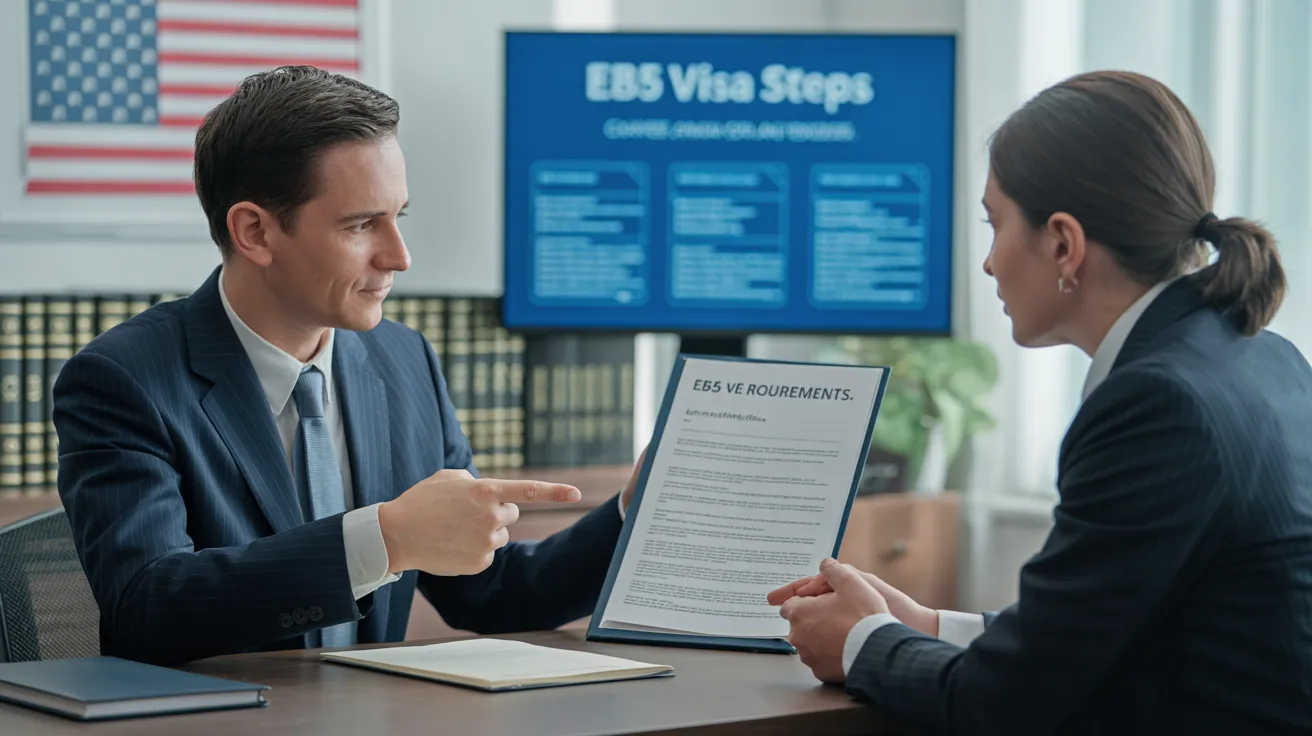The Only Guide to L1 Visa
Table of ContentsL1 Visa Can Be Fun For AnyoneThe smart Trick of L1 Visa That Nobody is DiscussingAbout L1 VisaOur L1 Visa IdeasHow L1 Visa can Save You Time, Stress, and Money.The 25-Second Trick For L1 Visa
Offered from ProQuest Dissertations & Theses Global; Social Scientific Research Premium Collection. DHS Workplace of the Assessor General. Retrieved 2023-03-26.
United State Department of State. Gotten 2023-02-08. Tamen, Joan Fleischer (August 10, 2013).
A Biased View of L1 Visa
In order to be qualified for the L-1 visa, the foreign business abroad where the Recipient was employed and the U.S. company should have a certifying relationship at the time of the transfer. The various sorts of qualifying partnerships are: 1. Parent-Subsidiary: The Parent implies a company, firm, or other lawful entity which has subsidiaries that it has and regulates."Subsidiary" implies a company, company, or other lawful entity of which a moms and dad possesses, directly or indirectly, greater than 50% of the entity, OR has less than 50% yet has management control of the entity.
Business A possesses 100% of the shares of Firm B.Company A is the Parent and Firm B is a subsidiary. There is a certifying partnership in between the 2 companies and Company B need to be able to sponsor the Recipient.
Business An owns 40% of Business B. The continuing to be 60% is possessed and controlled by Firm C, which has no connection to Firm A.Since Business A and B do not have a parent-subsidiary relationship, Company A can not fund the Beneficiary for L-1.
Example 3: Business A is integrated in the U.S. and wishes to seek the Beneficiary. Business B is incorporated in Indonesia and utilizes the Recipient. Firm A has 40% of Company B. The continuing to be 60% is possessed by Company C, which has no relationship to Business A. Nonetheless, Company A, by official contract, controls and complete takes care of Firm B.Since Business A possesses much less than 50% of Firm B but manages and controls the company, there is a qualifying parent-subsidiary connection and Company A can fund the Beneficiary for L-1.
Excitement About L1 Visa
Associate: An affiliate is 1 of 2 subsidiaries thar are both owned and regulated by the exact same moms and dad or person, or owned and managed by the very same group of individuals, in essentially the same proportions. a. Example 1: Company A is incorporated in Ghana and employs the Recipient. Firm B is incorporated in the U.S.
Firm C, likewise incorporated in Ghana, owns 100% of Firm A and 100% of Firm B.Therefore, Firm A and Company B are "associates" or sister companies and a qualifying partnership exists between the 2 firms. Firm B ought to be able to fund the Recipient. b. Example 2: Business A is incorporated in the U.S.
Business A is 60% had by Mrs. Smith, 20% had by Mr. Doe, and 20% possessed by Ms. Brown. Business B is integrated in Colombia and currently uses the Beneficiary. Company B is 65% possessed by Mrs. Smith, 15% possessed by Mr. Doe, and 20% possessed by Ms. Brown. Firm A and Firm B are associates and have a certifying connection in two various methods: Mrs.
The L-1 visa is an employment-based visa classification developed by Congress in 1970, permitting multinational companies to transfer their supervisors, execs, or crucial personnel to their U.S. procedures. It is frequently described as the intracompany transferee visa. There are 2 primary kinds of L-1 visas: L-1A and L-1B. These kinds appropriate for staff members hired in different placements within a company.

In addition, the beneficiary has to have operated in a managerial, exec, or specialized employee placement for one year within the three years preceding the L-1A application in the international business. For new workplace applications, international work should have remained in a managerial or executive capability if the beneficiary is coming to the USA to function as a manager or exec.
Fascination About L1 Visa

If granted find out more for a united state firm click here functional for greater than one year, the initial L-1B visa is for as much as 3 years and can be prolonged for an extra 2 years (L1 Visa). Alternatively, if the U.S. company is freshly developed or has actually been functional for much less than one year, the first L-1B visa is released for one year, with extensions offered in two-year increments
The L-1 visa is an employment-based visa classification developed by Congress in 1970, allowing international business to transfer their supervisors, execs, or crucial workers to their U.S. operations. It is frequently referred to as the intracompany transferee visa.
Rumored Buzz on L1 Visa
Additionally, the recipient needs to have functioned in a managerial, exec, or specialized staff member position for one year within the 3 years coming before the L-1A application in the international firm. For new office applications, international employment must have remained in a managerial or executive ability if the beneficiary is coming to the United States to work as a manager or exec.
for approximately seven years to manage the operations of the united state affiliate as an exec or manager. If provided for an U.S. company that has been operational for even more than one year, the L-1A visa is at first approved for as much as three years and can be extended in two-year increments.
If approved for a united state business functional for more than one year, the preliminary L-1B visa is for as much as three years and can be extended for an extra 2 get started years. On the other hand, if the U.S. company is freshly developed or has actually been functional for much less than one year, the first L-1B visa is provided for one year, with extensions offered in two-year increments.